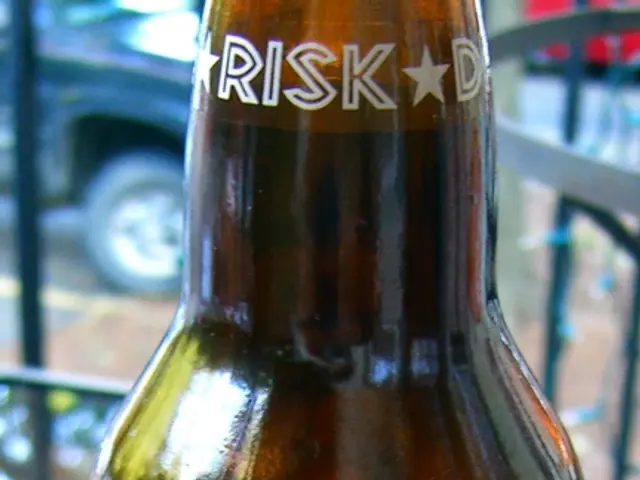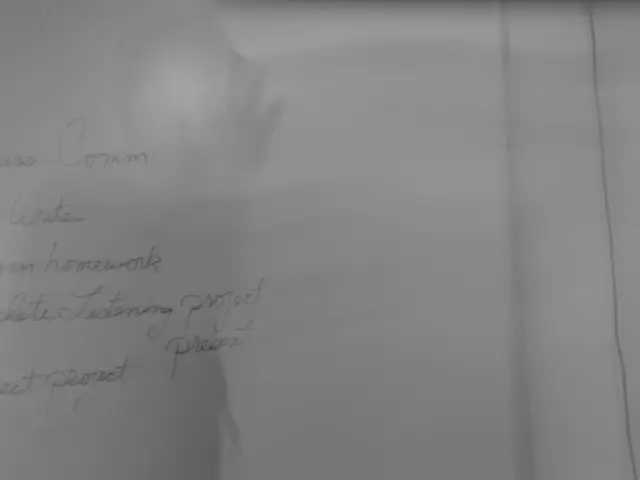Pilkington Weiherhammer, a part of the NSG group, is on the brink of a one-year closure.
The glass industry in Germany is bracing for a challenging year, with production expected to decrease in 2023. According to the German Association of the Glass Industry (FGV), around 400,000 tons of glass will be produced this year, a significant drop of 260,000 tons compared to 2022.
Despite the predicted decline, the industry remains optimistic about its future growth. The projected growth of glass production in Germany for 2025 is part of a broader market expected to expand with a compound annual growth rate (CAGR) of 8.6% from 2025 to 2035. This growth is driven by sectors such as precision optics, pharmaceutical vials, lightweight automotive glazing, and the shift toward net-zero buildings.
The industry is navigating several challenges, including the transition to net-zero buildings, adherence to stringent quality norms, meeting sustainability targets, and adapting to evolving applications. These challenges highlight the importance of innovation, sustainability, and quality assurance in maintaining competitiveness in Germany's glass industry.
One of the major challenges facing the industry is the high energy prices, supply chain disruptions, and increasing raw material prices. These factors are putting a strain on the industry's profitability and could lead to further production cuts, as warned by the FGV. The association has suggested possible solutions such as government financial support, reducing regulations, and promoting innovation to help the industry overcome its challenges.
In the first quarter of 2023, around 140,000 tons of flat glass were produced daily in Germany. Around 1600 tons of this flat glass were exported, while approximately 45,000 tons were imported. One German factory produced around 180 tons of flat glass daily during the same period.
The Weiherhammer flat glass factory, a significant player in the industry, has temporarily shut down two of its large melting furnaces due to a slowdown in construction. The FGV has stated that the market is small and fragmented, making it difficult to achieve economies of scale, and is dominated by a few large players, making it challenging for smaller players to compete.
Despite these challenges, the glass industry is confident that it will be able to overcome and continue to grow in the future. The industry's resilience and potential for growth are supported by regions like Bavaria and Baden-Württemberg, which have sustainability goals, energy recovery technologies, and stringent quality standards.
In conclusion, while the glass industry in Germany is facing several challenges, it remains optimistic about its future growth. The industry is focusing on innovation, sustainability, and quality assurance to maintain its competitiveness and overcome the current difficulties.
[1] Source: German Association of the Glass Industry (FGV)
The glass industry plans to seek support from the government in the form of financial assistance and lowered regulations to counteract the strain caused by high energy prices, supply chain disruptions, and rising raw material costs. Other industries, such as precision optics, pharmaceutical vials, lightweight automotive glazing, and net-zero building construction, are projected to contribute to the glass industry's expected growth, fueled by a compound annual growth rate (CAGR) of 8.6% from 2025 to 2035.




